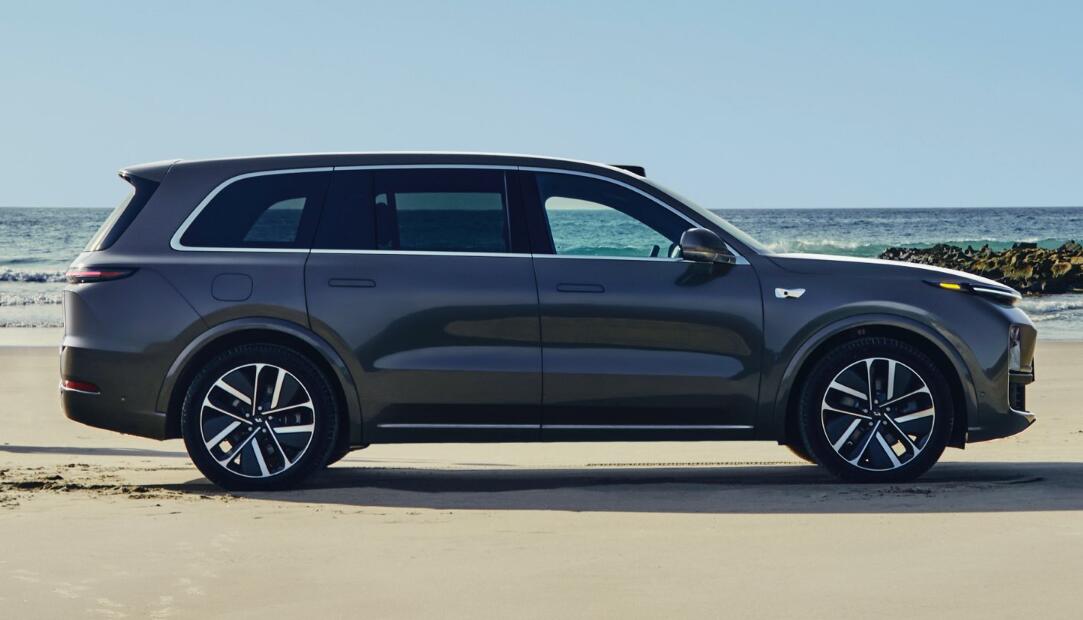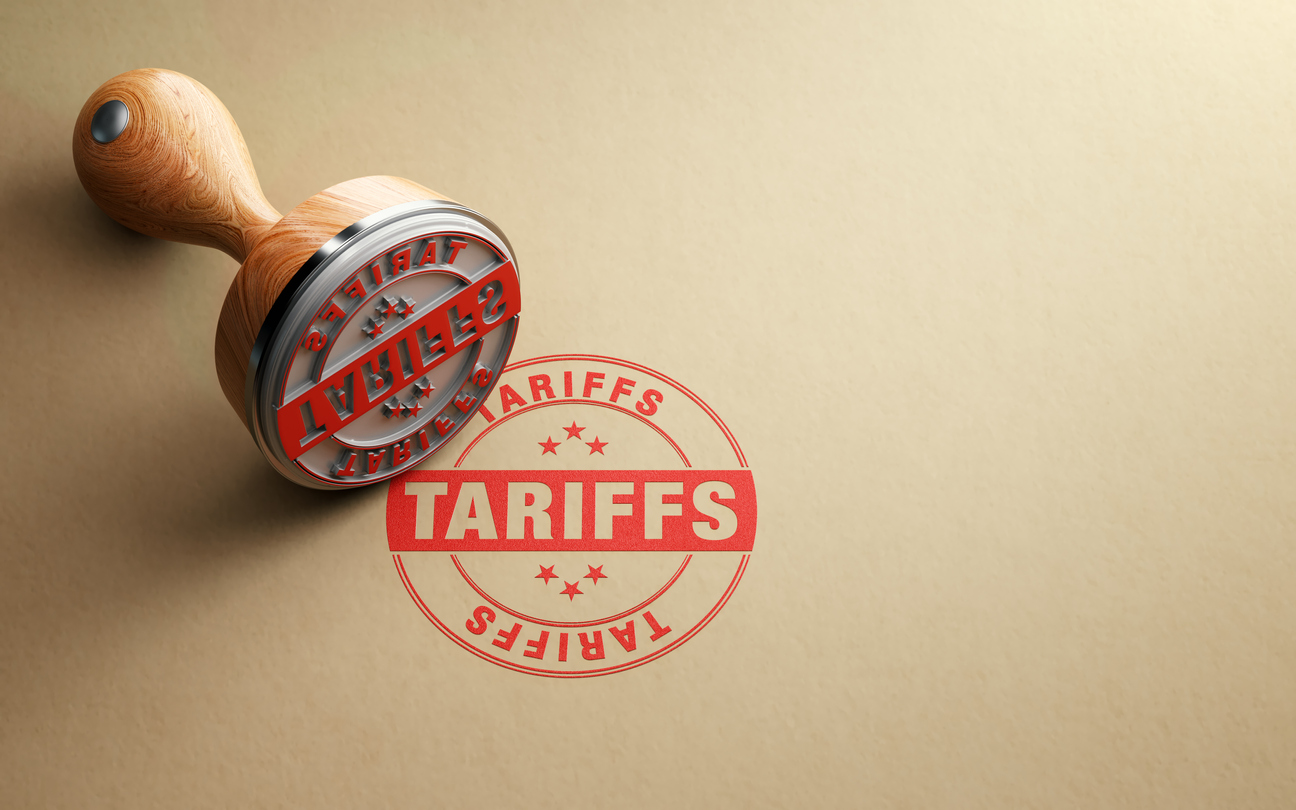Navigating The Chinese Market: Challenges For Luxury Automakers Like BMW And Porsche

Table of Contents
Intense Competition and Shifting Consumer Preferences
The Chinese luxury car market is incredibly competitive, not only from established international players but also from rapidly growing domestic brands offering increasingly sophisticated and technologically advanced vehicles. This intense competition forces luxury automakers to constantly innovate and adapt their strategies to maintain market share. Understanding the nuances of Chinese consumer preferences is paramount.
-
Rising popularity of domestic luxury brands like Hongqi and Nio: These brands are aggressively challenging established players with competitive pricing, advanced technology, and strong national appeal, impacting luxury car sales in China significantly. They leverage strong brand building initiatives targeted at younger demographics.
-
Shifting consumer preferences towards electric vehicles (EVs) and new energy vehicles (NEVs): The Chinese government's strong push for electrification is rapidly transforming the market. Luxury automakers must invest heavily in EV development and infrastructure to remain competitive. This includes establishing robust charging networks and offering competitive NEV models.
-
The need for luxury brands to adapt to younger, tech-savvy Chinese consumers: This demographic is digitally native, highly informed, and expects seamless integration of technology in their vehicles. Luxury brands must prioritize digital marketing, in-car technology, and personalized experiences.
-
Maintaining brand loyalty in a market with rapidly changing tastes: Traditional brand loyalty is less entrenched in China compared to some Western markets. Luxury automakers need to constantly engage consumers, offering innovative products and exceptional customer experiences to build and retain loyalty.
Regulatory Hurdles and Import Tariffs
Navigating Chinese government regulations presents substantial logistical and financial hurdles for luxury automakers. Import tariffs, complex homologation processes, and fluctuating trade policies significantly impact profitability and market entry strategies.
-
High import tariffs increasing the cost of imported vehicles: These tariffs make imported luxury cars significantly more expensive, reducing price competitiveness compared to domestically produced alternatives. This necessitates local manufacturing to mitigate costs.
-
Strict environmental regulations impacting vehicle specifications and emissions: China's stringent environmental standards require luxury automakers to adapt their vehicle designs and production processes to meet these regulations, often requiring significant upfront investments. Compliance with these regulations is critical for gaining market access.
-
Complex bureaucratic processes for market entry and vehicle certification: The homologation process, the approval of vehicles for sale in China, is known for its complexity and length, creating significant delays and costs for luxury automakers. This necessitates significant administrative resources and expertise.
-
Fluctuations in government policies impacting investment and long-term planning: The ever-changing regulatory landscape makes long-term planning challenging, requiring flexibility and adaptability in business strategies. This necessitates close monitoring of government pronouncements and effective lobbying.
Building Brand Awareness and Trust
Establishing a strong brand image and building trust with discerning Chinese consumers requires a deep understanding of local culture and effective marketing strategies tailored to the unique digital landscape. Simply replicating Western marketing strategies will not suffice.
-
The importance of localized marketing campaigns that resonate with Chinese consumers: Marketing materials must be culturally sensitive, using appropriate language, imagery, and messaging that connects with Chinese values and aspirations.
-
Leveraging social media platforms popular in China (WeChat, Weibo): These platforms are crucial for reaching target audiences, building brand awareness, and engaging with potential customers. This requires significant investment in social media marketing strategies tailored to these platforms.
-
Building relationships with key influencers and opinion leaders: Collaborating with influential figures in China can significantly amplify brand messaging and build trust. This necessitates identification and cultivation of key relationships with industry and lifestyle influencers.
-
Providing exceptional customer service and after-sales support: Delivering exceptional customer experiences, including timely and efficient after-sales service, is crucial for building brand loyalty and positive word-of-mouth marketing. This necessitates establishing a robust and responsive customer service infrastructure.
The Role of Digitalization and Technology
Embracing digitalization is crucial for success in the Chinese market. This includes implementing robust online sales channels, utilizing data analytics to understand consumer behavior, and integrating cutting-edge technologies into vehicles, such as connected car features and autonomous driving capabilities. This requires significant investments in digital infrastructure and data analytics capabilities. Furthermore, utilizing online sales channels and delivering a seamless digital customer journey is key for success.
Conclusion
Successfully navigating the Chinese market demands a multifaceted strategy from luxury automakers like BMW and Porsche. Overcoming intense competition, navigating complex regulations, and building strong brand recognition require significant investment, adaptation, and a profound understanding of the unique cultural and economic landscape. By addressing these challenges head-on and prioritizing localization, digitalization, and customer centricity, luxury brands can unlock the significant potential of the world's largest automotive market. To learn more about effective strategies for entering and thriving in the Chinese market, continue exploring resources dedicated to understanding the unique challenges and opportunities it presents for luxury automakers.

Featured Posts
-
 Mini Heat Wave Impacts Southern California This Weekend
May 13, 2025
Mini Heat Wave Impacts Southern California This Weekend
May 13, 2025 -
 Sheffield United Lucky To Avoid Red Card Against Leeds Match Controversy
May 13, 2025
Sheffield United Lucky To Avoid Red Card Against Leeds Match Controversy
May 13, 2025 -
 The High Stakes Impact Of Tariffs Abi Researchs Tech Industry Analysis
May 13, 2025
The High Stakes Impact Of Tariffs Abi Researchs Tech Industry Analysis
May 13, 2025 -
 Who Is Angela Swartz Exploring Her Life And Work
May 13, 2025
Who Is Angela Swartz Exploring Her Life And Work
May 13, 2025 -
 Hamas Releases American Israeli Hostage Edan Alexander In Gaza
May 13, 2025
Hamas Releases American Israeli Hostage Edan Alexander In Gaza
May 13, 2025
